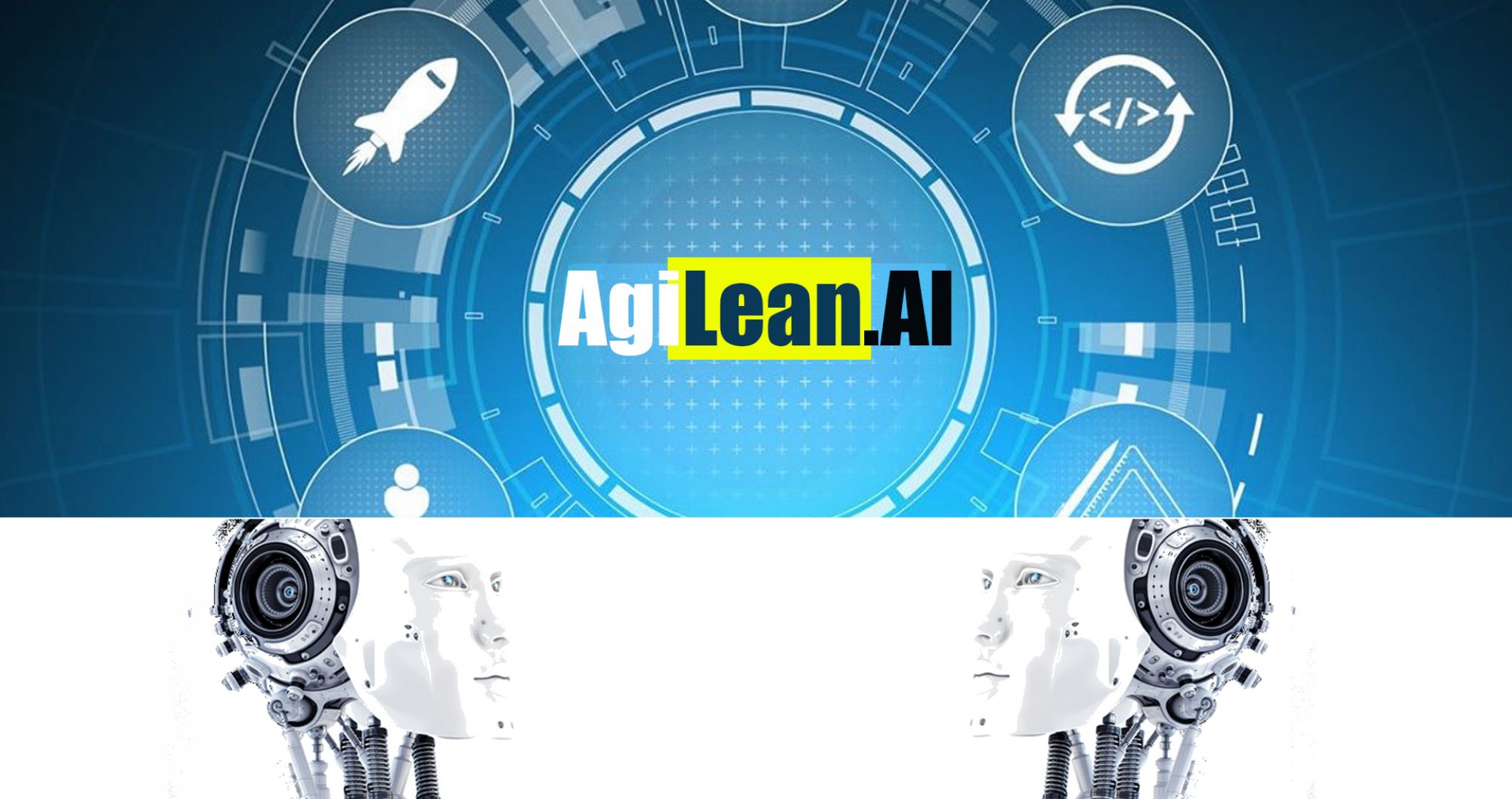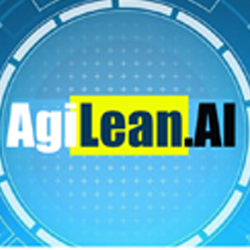This Agile AudioCast is brought to you by:
“Agile” Al Smith, Jr. from AgiLean.ai
Value-Driven Planning
Based on the outcome of your Value-Based Analysis, you put together a Value-Driven Plan.
A Value-Driven Plan encourages you do the most valuable things with your resources and of those valuable things doing the most valuable first.
The purpose of this plan is to identify what resources you have available to achieve your goal and which tasks should be done first, based on their value.
In turn, the items on this list become your Value Drivers such as: cash flow, new products, technology advancements, sales momentum, earnings, etc.
Then, strive to constantly improve your performance while reaching the goal, instead of simply focusing on reaching the planned goal.
And upon learning how to achieve your stated goal faster, the steps you followed can be standardized into a repeatable process. This results in multiple opportunities to create valuable outcomes, thereby making perfection of your performance more valuable than reaching the goal.
Copyright 2020. All rights reserved. This content may not be reproduced without authorization from “Agile” Al Smith, Jr. For authorization please contact us at: AgiLean.ai

